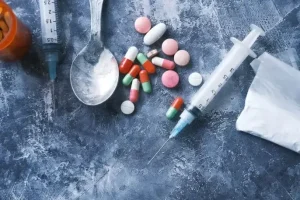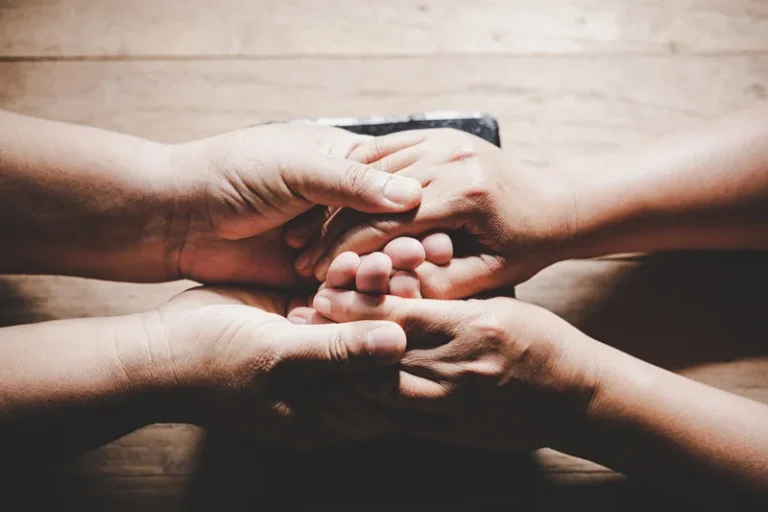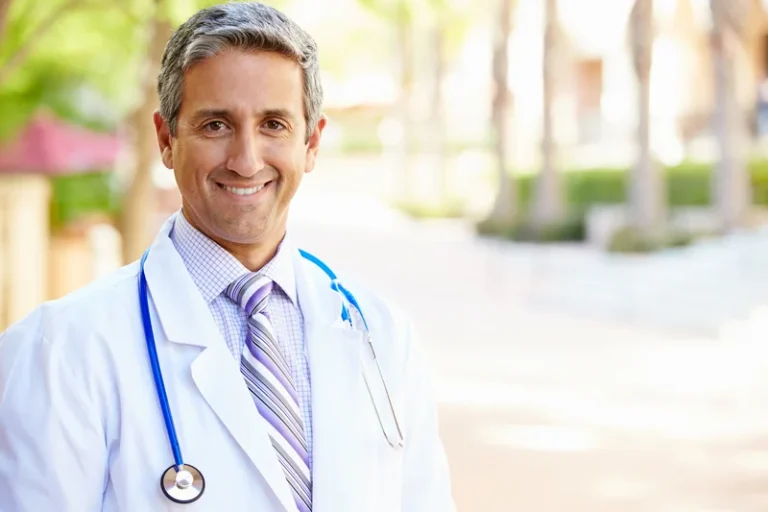No products in the cart.

Contact a health care provider if you have questions about your health. Experts believe that repeated and early exposure to addictive substances and behaviors play a significant role. Genetics also increase the likelihood of an addiction by about 50 percent, according to the American Society of Addiction Medicine. Over time, addictions can seriously interfere with your daily life.
When to seek emergency help
In fact, the misuse of opioids — particularly illicitly made fentanyl — caused nearly 50,000 deaths in the United States in 2019 alone. Addiction is an inability to stop using a substance or engaging in a behavior even though it may cause psychological or physical harm. It is common, if not normal, to go through a stage of engaging in substance use or an addictive behavior without believing you are addicted. This is so common, in fact, that it has a name, the pre-contemplation stage. Most people who take their pain medicine as directed by their doctor do not become addicted, even if they take the medicine for a long time.
International Patients
Tolerance and withdrawal are two sides of the same neurobiological coin. As the brain adapts to the presence of the drug, more is needed to achieve the same effect. When the drug is removed, the brain’s new equilibrium is disrupted, leading to withdrawal symptoms.
How are addictions diagnosed?
- Just remind them that you care and ask permission to keep checking in with them.
- The roundtables included people with opioid use disorder, people with chronic pain, and pharmacy professionals, respectively.
- Women are more susceptible to intense cravings and repeated relapses.
Humans are social creatures, and we’re hardwired to seek acceptance and belonging. For many, especially young people, drug use can be a ticket to social inclusion or a way to rebel against societal norms. The desire to fit in or stand out can be a powerful motivator, sometimes overriding rational decision-making. Trauma, that insidious specter that haunts so many lives, plays a significant role in addiction development. Childhood abuse, neglect, or witnessing violence can leave deep emotional scars that some attempt to numb with substances. It’s a coping mechanism, albeit a destructive one, that can quickly spiral out of control.

Researchers at NIMH and around the country conduct many studies with patients and healthy volunteers. We have new and better treatment options today because of what clinical trials uncovered years ago. Talk to your health care provider about clinical trials, their benefits and risks, and whether https://ecosoberhouse.com/ one is right for you. A combination of medication and behavioral therapy has been found to have the highest success rates in preventing relapse and promoting recovery. Forming an individualized treatment plan with your healthcare provider’s help is likely to be the most effective approach.
- The study included individuals with opioid, stimulant, or polysubstance use disorder as well as controls and compared individual differences in brain activation as measured by MRI while participants were conducting three different tasks.
- Additionally, they need to help empower through communication their patients who are prescribed opioids.
- Instead, say something like, “I care about you and am worried about your safety and health,” and share your observations about their behavior.
- Substituted cathinones can be eaten, snorted, inhaled or injected and are highly addictive.
Do people choose to keep using drugs?

Results from NIDA-funded research have shown that prevention programs involving families, schools, communities, and the media are effective for preventing or reducing drug use and addiction. Although personal events and cultural factors affect drug use trends, when young people view drug use as harmful, they tend to decrease their drug taking. Therefore, education and outreach are key in helping people understand the possible risks of drug use. Teachers, parents, and health care providers have crucial roles in educating young people and preventing drug use and addiction.
Sports Life
Use these free digital, outreach materials in your community and on social media to spread the word about mental health. NIMH offers expert-reviewed information on mental disorders and a range of topics. More than 70,200 Americans died from drug overdoses in 2017.[64] Among these, the sharpest increase occurred among deaths related to fentanyl and synthetic opioids (28,466 deaths).[64] See charts below. Psychoactive substances affect the parts of the brain that involve reward, pleasure, and risk.

How do the best treatment programs help patients recover from addiction?
The survey also explored the roles of gender, religiosity, and legal status of medical cannabis on these domains. In the Palestinian territories, cannabis is considered a schedule I substance, together with other what is drug addiction addictive drugs. The survey found that while most medical staff and many students believed that medical cannabis can help certain patients, they also saw a high risk of mental and physical health problems.

